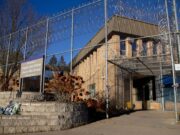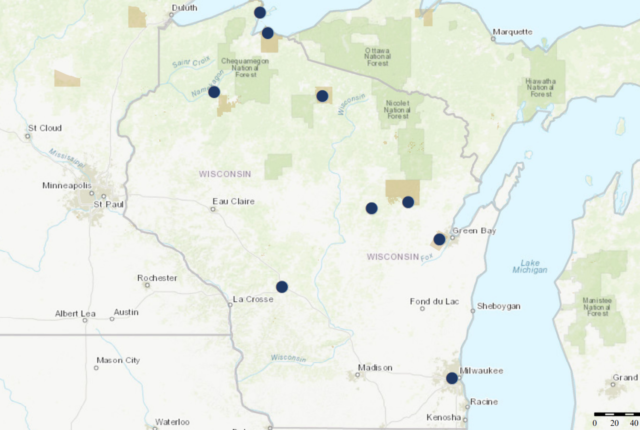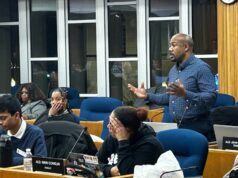In the 19th and early 20th century, at least 11 boarding schools meant to remove Indigenous children from their families and assimilate them into “American” culture operated in Wisconsin, according to a new report from the United States Department of the Interior.
Secretary of the Interior Deb Haaland and Assistant Secretary for Indian Affairs Bryan Newland today released Volume 1 of the investigative report called for as part of the Federal Indian Boarding School Initiative, a comprehensive effort to address the troubled legacy of federal Indian boarding school policies. This report lays the groundwork for the continued work of the Interior Department to address the intergenerational trauma created by historical federal Indian boarding school policies, according to a press release.
“The consequences of federal Indian boarding school policies—including the intergenerational trauma caused by the family separation and cultural eradication inflicted upon generations of children as young as 4 years old—are heartbreaking and undeniable,” said Haaland, the first Indigenous person appointed to a presidential cabinet position. “We continue to see the evidence of this attempt to forcibly assimilate Indigenous people in the disparities that communities face. It is my priority to not only give voice to the survivors and descendants of federal Indian boarding school policies, but also to address the lasting legacies of these policies so Indigenous peoples can continue to grow and heal.”
Nationwide, the investigation found that from 1819 to 1969, the federal Indian boarding school system consisted of 408 federal schools across 37 states or then territories, including 21 schools in Alaska and 7 schools in Hawaii. The investigation identified marked or unmarked burial sites at approximately 53 different schools across the school system. As the investigation continues, the Department expects the number of identified burial sites to increase, according to the release.
The investigation used government, school and church records to identify schools in Bayfield, Wauwatosa, Hayward, Lac du Flambeau, Menominee, Oneida, New Odanah, Keshena, Tomah, Wittenberg and Green Bay.
“This report presents the opportunity for us to reorient federal policies to support the revitalization of Tribal languages and cultural practices to counteract nearly two centuries of federal policies aimed at their destruction,” Newland said in a statement. “Together, we can help begin a healing process for Indian Country, the Native Hawaiian Community and across the United States, from the Alaskan tundra to the Florida everglades, and everywhere in between.”
As part of the Federal Indian Boarding School Initiative and in response to recommendations from the report, Secretary Haaland today announced the launch of “The Road to Healing.” This year-long tour will include travel across the country to allow American Indian, Alaska Native, and Native Hawaiian survivors of the federal Indian boarding school system the opportunity to share their stories, help connect communities with trauma-informed support, and facilitate collection of a permanent oral history.
“The Department’s work thus far shows that an all-of-government approach is necessary to strengthen and rebuild the bonds within Native communities that federal Indian boarding school policies set out to break,” Haaland said. “With the President’s direction, we have begun working through the White House Council of Native American Affairs on the path ahead to preserve Tribal languages, invest in survivor-focused services, and honor our obligations to Indigenous communities. We also appreciate the ongoing engagement and support for this effort from Members of Congress and look forward to continued collaboration.”
Volume 1 of the report highlights some of the conditions children endured at these schools and raises important questions about the short- and long-term consequences of the federal Indian boarding school system on American Indian, Alaska Native, and Native Hawaiian communities.
The investigation found that the federal Indian boarding school system deployed systematic militarized and identity-alteration methodologies in an attempt to assimilate American Indian, Alaska Native, and Native Hawaiian children through education, including but not limited to renaming Indian children from Indian to English names; cutting the hair of Indian children; discouraging or preventing the use of American Indian, Alaska Native, and Native Hawaiian languages, religions and cultural practices; and organizing Indian and Native Hawaiian children into units to perform military drills.
Despite assertions to the contrary, the report asserts that the school system largely focused on manual labor and vocational skills that left American Indian, Alaska Native, and Native Hawaiian graduates with employment options often irrelevant to the industrial U.S. economy, further disrupting Tribal economies.


































